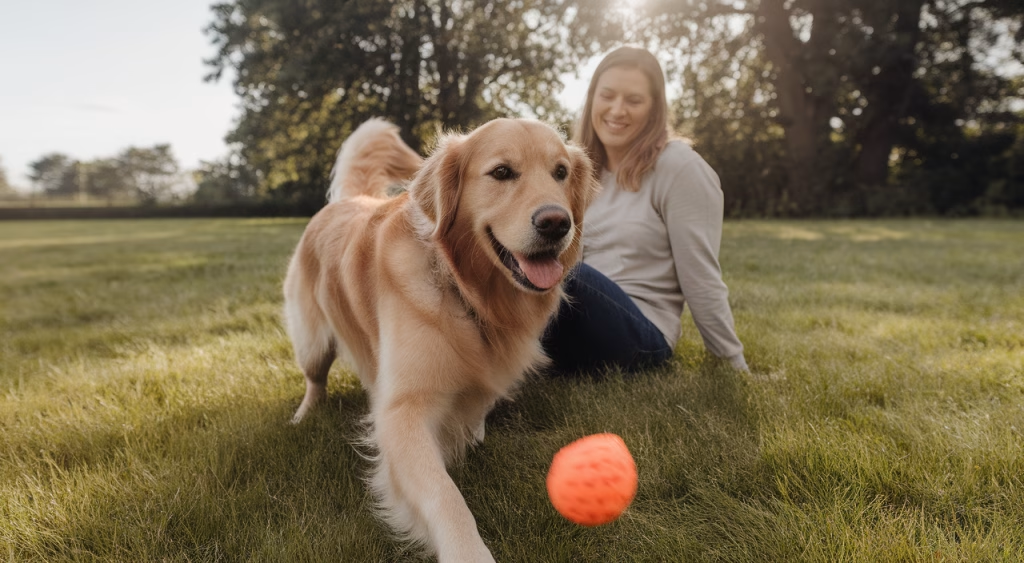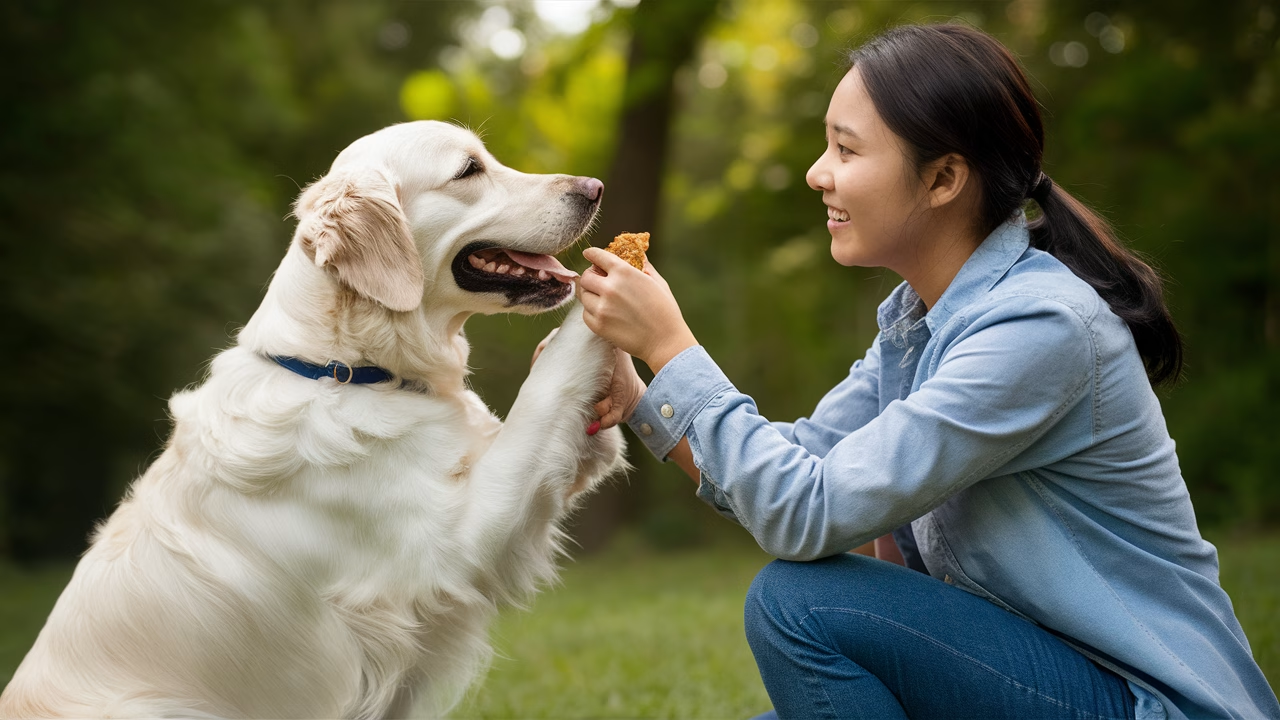Is the Alpha Dog Theory Still Relevant in Modern Dog Training?
Absolutely not. Modern animal behavior research has soundly debunked the alpha dog myth, revealing that dogs do not operate on a dominance hierarchy like many outdated training books suggest. Rather than trying to control their humans, dogs aim to cooperate and form trusting relationships. This shift in understanding changes everything about how we interact with and train our pets.
TL;DR: Why You Should Ditch the Alpha Dog Mentality
- Flawed Origins: The alpha theory comes from outdated studies on captive wolves from the 1940s—not wild wolves or dogs.
- No “Alpha” in Wolf Packs: Wild wolf families are led by parent figures, not dominant leaders fighting for control.
- Dogs Aren’t Wolves: Thousands of years of domestication have made dogs completely different in behavior and evolution.
- Modern Insight: Positive reinforcement is more effective and humane than dominance.
- Scientific Backing: Research shows that cooperation, not coercion, builds lifelong obedience and confidence in pets.
The Misunderstood Origin of the Alpha Theory
The alpha dog theory traces back to research from the 1940s, when scientists observed captive wolves forced into unnatural groupings. In these artificial settings, aggression and hierarchy were common—much like tensions would rise if humans were locked in a tiny room for months. But the truth is, this setting didn’t reflect real wolf behavior. In the wild, wolves live in family units led by parents—not tyrannical ‘alphas’. Dr. David Mech, the very researcher who coined the alpha term, later spent decades trying to refute his original claims. Unfortunately, by that time, the alpha dog myth had taken hold—and the dog training world was never the same.
Why Dogs Aren’t Trying to Dominate You
It’s easy to assign human motivations like ambition or stubbornness to your dogs when they jump, bark, or ignore commands. But here’s the real story: dogs have evolved to be our companions, not our challengers. Jumping up? That’s excitement. Not obeying right away? Confusion or distraction, not rebellion. As animal behaviorists have found, these actions are a form of communication—not insubordination. Your dog isn’t plotting to be the alpha; they’re usually just trying to get closer, understand what you want, or interact with their world.
The Damage Caused by Dominance-Based Methods
One popular example of dominance training is the alpha roll—where you force your dog onto their back to ‘assert’ control. In nature, wolves voluntarily roll over to defuse tension. Forcing this behavior is counterproductive; it doesn’t establish respect, it creates fear. This dominance-based training method often leads to anxiety, aggression, and deep mistrust. Imagine being told to smile while being yelled at—would that help you trust someone more? Of course not. Dogs react the same way.
The Science Behind Positive Reinforcement
Modern dog training has embraced a markedly different approach: positive reinforcement. It’s rooted in behavioral psychology and neurological science. When your dog does something right—like sit, stay, or come—you reward them with treats, praise, or play. This positive reinforcement system lights up the “achievement zones” in their brains. Dogs quickly learn that good behavior leads to good things.
In truth, this is how we humans learn best, too. Would you rather learn piano with encouragement and praise, or with criticism and punishment? Dogs aren’t so different in this regard.
The Human-Dog Cooperation Bond
What truly separates dogs from wolves—even from apes—is not dominance, but collaboration. Studies show that dogs are better attuned to human gestures and emotions than even our primate cousins. Your dog looks to your eyes for intention, follows your pointing hand, and reacts to your facial expressions. That’s not domination; that’s partnership. This human-dog cooperation is the product of thousands of years of evolving together, making the alpha dog myth even more irrelevant.
Real-Life Example: Changing Behavior with Positivity
Let’s say you’ve got a dog that constantly pulls on the leash. A dominance-minded approach might involve corrections, choker collars, or shouts. But a positive reinforcement approach begins with recognizing why the behavior is happening—usually distractions or excitement. Using treats, leash training, and clicker methods, you reward every step they take calmly by your side. The result isn’t a subdued dog—it’s a confident one, eager to walk beside you as a teammate.
How to Rethink Pack Leadership at Home
Instead of focusing on “who’s boss,” focus on being your dog’s guide. Dogs thrive in environments with clear, consistent rules and loving reinforcement. Set boundaries using kindness, not fear. Structure their day with routines they can rely on—from feeding to walking to play time. It’s about building a relationship, not a hierarchy. This approach completely dismantles the alpha dog theory while creating stronger bonds.
Tips for Positive Training That Builds Trust
Here are simple ways to apply positive training effectively:
- Be Clear: Use short, clear commands consistently.
- Reward Wisely: Use high-value treats or toys when teaching new skills.
- Ignore Bad Behavior: Don’t reward undesired actions with attention.
- Stay Patient: Every dog learns at their own pace.
- Train in Short Bursts: Sessions of 5–10 minutes work best.
Comparison Table: Alpha Dog Myth vs Positive Reinforcement
| Aspect | Alpha Dog Myth | Positive Reinforcement |
|---|---|---|
| Philosophy | Dominance and control | Collaboration and guidance |
| Training method | Force, correction, intimidation | Reward-based learning |
| Emotional impact | Fear, anxiety, confusion | Confidence, trust, enthusiasm |
| Long-term behavior | Resistance and aggression | Improved obedience and well-being |
Why Sloths Can Rotate Their Heads 270 Degrees: Incredible Neck Anatomy Explained
Frequently Asked Questions
- What is the alpha roll and is it harmful?
Yes, the alpha roll is harmful. It’s a forceful technique based on outdated science that can lead to fear and stress in dogs. - Do dogs try to become ‘pack leaders’ over humans?
No. Dogs are hardwired to cooperate with humans, not dominate them. Leadership comes best through guidance, not control. - What training method is supported by science?
Positive reinforcement has the most scientific support for its effectiveness and mental health benefits in dogs. - Why do people still believe in the alpha dog theory?
Because it was widely promoted before being debunked, and myths can linger despite new evidence. - How can I stop my dog jumping on people?
Reward calm behavior and ignore jumps. Teach a sit command for greetings instead. - Is using dominance ever necessary?
No. Understanding, consistency, and rewards are far more effective—without causing fear or stress. - How long does it take for positive reinforcement to show results?
Most dogs begin showing progress within a few sessions. Consistency and patience are key.





